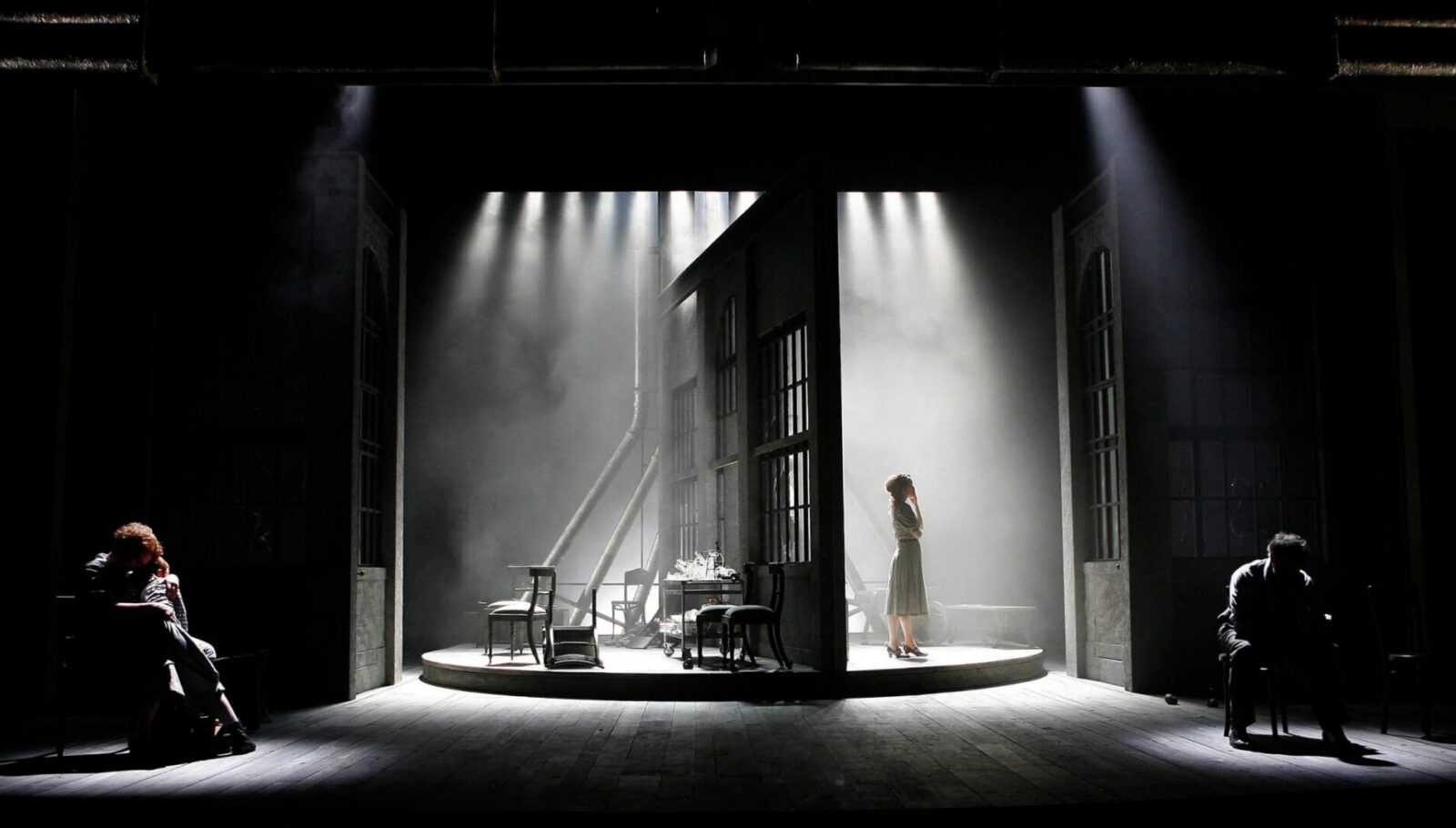Conflict Architecture for Creative Work

Designing the right fight isn’t about picking battles just to stir the pot. It’s about recognizing those moments when tension in the room actually needs space, not silence. I remember sitting in a production meeting when two department heads started circling the same problem from opposite ends. The volume went up, the table seemed to shrink, and pretty soon everyone’s eyes slid over to me, waiting for somebody to shut it down.
The easy move would’ve been to smooth things over and push ahead. Keep it polite, keep it moving. But if I had, we would’ve walked out with a fake kind of harmony — something that looked like agreement but didn’t hold any real weight.
That’s the trap. Avoiding conflict feels safe in the moment, but it’s expensive later. Not every fight is destructive. Some are exactly what the work needs. The real challenge for leaders isn’t dodging those fights…it’s framing them so conflict sharpens the work instead of breaking the people.
The Myth of Harmony
We’ve been trained to see harmony as the sign of a healthy team. Smiles, nods, quick “yep, sounds good.” But harmony can be a lie. It hides what’s really happening: frustration, hesitation, and resentment simmering under the surface.
Jerry Harvey’s Abilene Paradox tells the story well. A family drives 106 miles in Texas heat to a cafeteria nobody wants to go to. Everyone thought the others were excited, so they kept quiet, said “sure,” and ended up sweaty, tired, and annoyed at themselves for agreeing.
That’s what happens in teams too. We nod through timelines we know are impossible. We “yes” our way into projects we don’t believe in. On the outside: consensus. On the inside: collapse.
Three ways I’ve seen false harmony show up:
- Silent agreement becomes silent resentment. People hold back in the meeting, but disengage the second they leave. They’ll do the work, but without energy or ownership.
- The loudest voice sets the course. In the absence of pushback, whoever talks with the most confidence — or seniority — carries the room. That’s not alignment, it’s submission.
- The group gets stuck with bad decisions. Once everyone has “agreed,” even half-heartedly, it’s hard to turn the train around. Teams burn energy executing choices nobody believed in to begin with.
Real leadership means calling this out. Harmony isn’t the goal. Clarity is. And sometimes clarity only comes after the fight.
The Blueprint of a Right Fight
So if some fights are useful and others destructive, what’s the difference? It comes down to structure. Unstructured conflict spirals into blame and bruised egos. Structured conflict — the kind that has walls and windows — can actually sharpen the work.
A right fight is one that challenges ideas without breaking trust. The blueprint usually looks like this:
- Boundaries. Be clear what’s actually being fought over. Define the edges. How much time do we give it? What’s on the table and what isn’t? Boundaries keep conflict from sprawling.
- Balance. Don’t let seniority or personality run the show. Create space for quieter voices. The goal isn’t volume; it’s perspective.
- Oversight. Leaders act like referees. Not to pick winners, but to make sure the fight stays about the work, not about who gets the last word.
When those pieces are in place, conflict becomes less about winning and more about building something stronger together.
Suggested Read: How Management Teams Can Have a Good Fight
Building Conflict Architecture
Most of us wait until conflict erupts and then scramble to control the damage. That’s like realizing you need fire exits when the building’s already burning. Leaders who handle conflict well don’t wing it. They design the space ahead of time.
Here are a few tools worth building into your team’s “conflict architecture”:
- Assign dissent. Don’t just hope someone will be brave. Bake it in. Pixar’s Braintrust works because critique is expected. Rotate the role of devil’s advocate so disagreement has a job to do.
- Shrink the room. Honesty dies in big groups. Twenty-five people won’t give you truth. Ten might. Thirteen is about the ceiling before candor collapses. Keep the group small when the stakes are high.
- Debrief the fight. The fight isn’t over when the decision’s made. Stop and ask: What did we actually argue? What was left unsaid? How did the fight move us forward? Reflection makes the next fight smarter.
This isn’t about creating conflict where none exists. It’s about making sure when the sparks fly, they land in a safe fireplace instead of burning the whole house down.
Why the Right Fight Matters
Avoiding conflict feels good in the moment. It keeps the air calm. But it also keeps things vague, and vague decisions are expensive. The wrong fights — the personal ones, the ego-driven ones — eat up energy and leave bruises. The right fights — the ones that are bounded and purposeful — create trust.
Three reasons this matters for leaders:
- It’s where values come alive. Presence isn’t proven when things are smooth — it shows up when the room gets hot. Vulnerability is speaking what you actually think, even if it’s unpopular. Curiosity, adaptability, courage — all of them are practiced in the middle of tension.
- It makes teams braver. A group that has weathered hard conversations without breaking is stronger. People trust each other more when they’ve disagreed and come out the other side still standing together.
- It saves time. A right fight feels costly in the moment, but it prevents the endless revisits and back-channeling that follow bad, half-hearted decisions. One hard hour up front beats weeks of fixing later.
When leaders design the right fight, they don’t just get better answers. They build stronger teams.
So the next time the table gets tense and all eyes land on you — don’t rush to smooth it over. Don’t let the group drive quietly to Abilene. Call the fight. Frame it. Build the architecture. And trust the team enough to let them walk through the fire together.
Key Takeaways
- False harmony is often mismanaged agreement, not true consensus.
- The blueprint of a right fight rests on boundaries, balance, and oversight.
- Leaders can design fights by assigning dissent, shrinking the room, and debriefing after.
- Fighting well is where leadership values actually get tested.
- Structured conflict doesn’t divide teams — it makes them braver and clearer.
Editor's Note: At StageLync, an international platform for the performing arts, we celebrate the diversity of our writers' backgrounds. We recognize and support their choice to use either American or British English in their articles, respecting their individual preferences and origins. This policy allows us to embrace a wide range of linguistic expressions, enriching our content and reflecting the global nature of our community.
🎧 Join us on the StageLync Podcast for inspiring stories from the world of performing arts! Tune in to hear from the creative minds who bring magic to life, both onstage and behind the scenes. 🎙️ 👉 Listen now!
